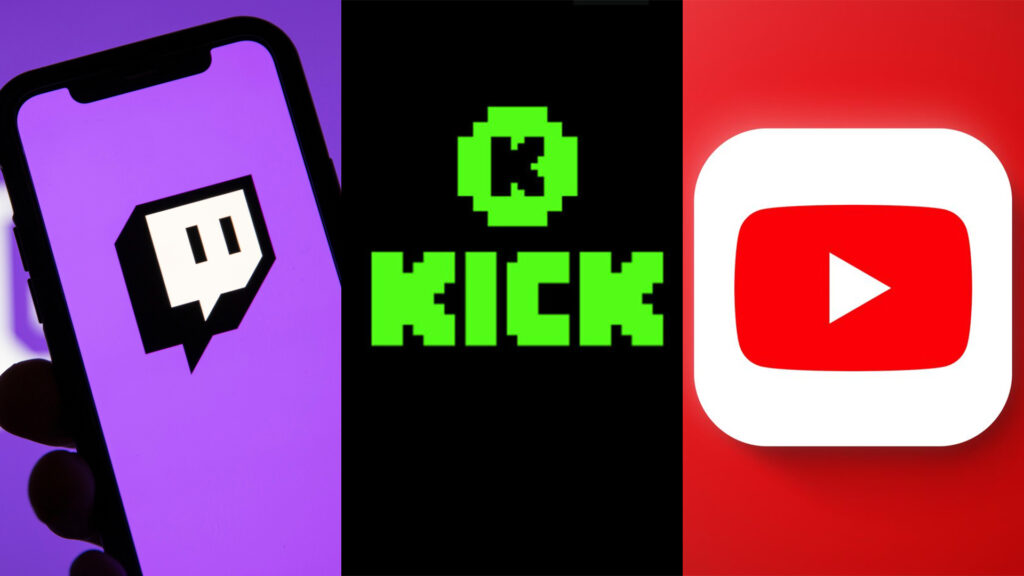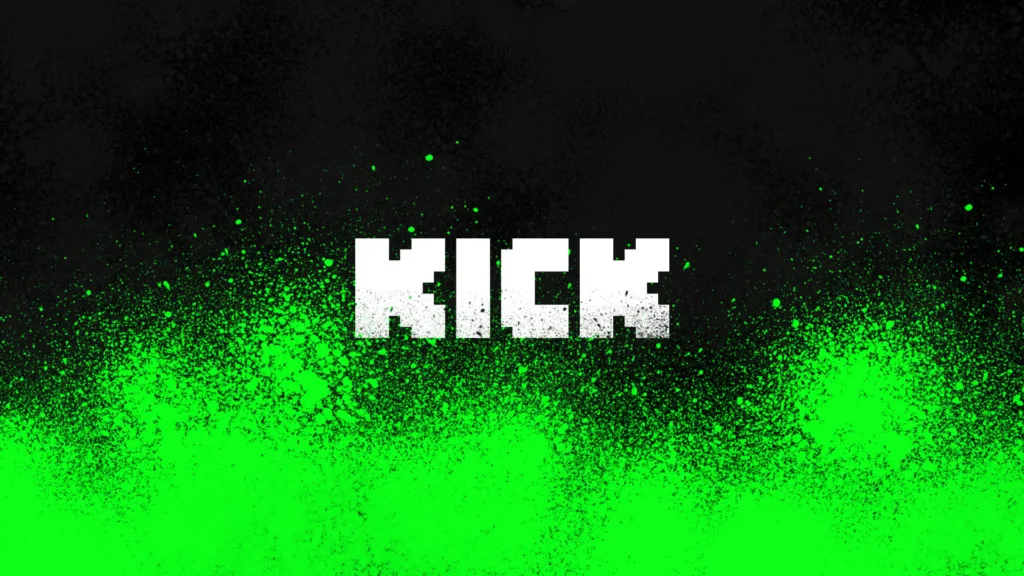Twitch vs KICK vs YouTube: Which is Best for Streaming?
Live streaming has exploded into one of the most dynamic forms of entertainment and content creation, fuelling communities, career paths, and passionate followings around the world. What started as a niche hobby for a few gamers has transformed into a bustling industry with millions of streamers vying for attention. Today, platforms like Twitch, KICK, and YouTube compete to offer the best features for streamers and viewers, yet each stands out in unique ways that draw different audiences and creators.
Why Choosing the Right Platform Matters
For aspiring and seasoned streamers alike, choosing the right platform is pivotal. Each streaming site offers distinct opportunities, monetisation options, and audience engagement. Selecting the best platform can impact a streamer’s growth, revenue, and fanbase interaction. This guide compares Twitch, KICK, and YouTube to help streamers determine which platform aligns with their goals.
The Evolution of Twitch: From Gaming Hub to Streaming Giant
Twitch launched in 2011 as a platform for gaming enthusiasts, quickly becoming the go-to site for gamers to share their experiences. Over the years, it has expanded into various content categories, building a loyal community around interactive, real-time engagement. Today, Twitch is synonymous with live streaming, boasting a massive viewer base and the most established streaming culture.
KICK’s Newcomer Advantage: How It's Shaking Up the Market
Launched in 2022, KICK made waves as the fresh face in streaming. With its unique features and enticing revenue split, KICK aims to empower creators, especially those just starting. This newcomer platform appeals to streamers seeking alternatives to Twitch and YouTube and has quickly gained traction for its creator-friendly model.
YouTube’s Streaming Shift: From Video Archive to Live Streaming Hub
YouTube began as a video-sharing platform, but it saw the potential in live streaming as the market grew. Now, YouTube integrates live content seamlessly into its ecosystem, allowing creators to stream directly to their subscribers and grow through its discovery algorithms. Its hybrid model lets YouTube stand out by supporting both live and pre-recorded content.
Twitch Subscriptions, Ads, and Bits Explained
Twitch’s monetisation comes from subscriptions, ads, and a unique feature called Bits, which viewers use to cheer on their favourite streamers. While popular and effective, Twitch’s revenue model has seen criticism for high splits in Twitch’s favour, leading many creators to look for alternative income sources.
KICK’s Monetisation Model: Benefits for New Streamers
KICK sets itself apart with a generous revenue split model that favours creators. Its ad policies are minimal, and its subscription model allows creators to keep more of what they earn. For new streamers, KICK’s structure makes it easier to start earning and retain more of their income.
YouTube’s Super Chats, Memberships, and Ad Revenue
YouTube’s monetisation combines Super Chats, which fans use to highlight their messages in chat, with channel memberships and ad revenue. YouTube also allows creators to earn from pre-existing video content, offering creators a robust, multi-channel revenue system.
Twitch’s Revenue Split and Recent Changes
Twitch recently adjusted its revenue split to retain a larger share, which has left many creators frustrated. This shift has sparked debate and driven some to explore alternatives. However, Twitch’s established community still offers unique monetisation opportunities despite the split.
KICK’s Revenue Split: More Money for Streamers!
KICK’s standout feature is its competitive revenue split, designed to put more money directly into streamers’ pockets. This model makes KICK particularly attractive to those starting out or those looking to maximise earnings.
YouTube’s Competitive Revenue Sharing
YouTube’s revenue share is balanced and provides opportunities beyond live streaming. Through ad revenue, memberships, and Super Chats, YouTube ensures creators have access to multiple income streams, fostering financial growth for dedicated content creators.
Twitch’s Streamer Dashboard and Tools for Success
Twitch provides a well-established dashboard with tools for managing streams, tracking engagement, and managing earnings. These tools make it easier for streamers to understand and adapt to their audience’s needs.
KICK’s User Experience for Both New and Experienced Streamers
KICK’s interface prioritises simplicity, making it ideal for new streamers while also appealing to seasoned creators. The platform offers features that streamline the process without overwhelming users.
YouTube’s Established Platform with Streamer-Friendly Upgrades
YouTube’s dashboard is comprehensive, offering insights and analytics that integrate across both video and live content. This dual functionality makes it easier for creators to manage a wide variety of content in one place.
Twitch’s Discoverability Features and Challenges
While Twitch offers discoverability features like categories and follower recommendations, competition is high, making visibility a challenge, especially for new creators.
KICK’s Unique Features for Standing Out
KICK is developing features that allow creators to differentiate themselves, including customisable profile layouts and greater content freedom, which help new creators establish a unique presence.
YouTube’s Algorithm and Discoverability Advantage
YouTube’s algorithm offers a major discoverability advantage, especially for creators producing both live and recorded content. Its recommendation engine helps content reach broader audiences across the platform.
Twitch’s Streaming Capabilities and Technical Limitations
Twitch’s streaming quality is high but has limitations in bandwidth and playback options, especially for mobile users. However, the platform’s reliability keeps it popular.
KICK’s New Tech Stack: Can It Compete with the Big Players?
KICK’s modern tech stack promises quality streaming, though it’s still in its early stages. Its tech is designed to keep up with current standards and grow with user demand.
YouTube’s Streaming Quality and Video Playback Options
YouTube’s robust tech infrastructure provides consistently high streaming quality and diverse playback options, making it accessible on almost any device worldwide.




